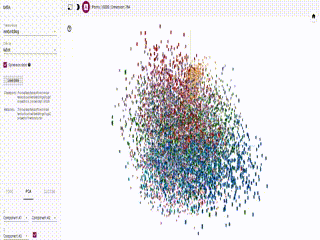Commands
1 | systemctl status firewalld |
Use this command to find your active zone(s):1
firewall-cmd –get-active-zones
It will say either public, dmz, or something else. You should only apply to the zones required.
In the case of dmz try:1
firewall-cmd –zone=dmz –add-port=2888/tcp –permanent
Otherwise, substitute dmz for your zone, for example, if your zone is public:1
firewall-cmd –zone=public –add-port=2888/tcp –permanent
Then remember to reload the firewall for changes to take effect.1
firewall-cmd –reload
